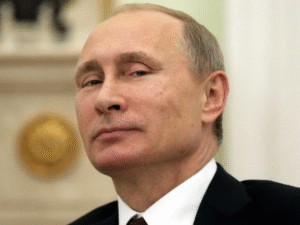$OIL $USO $BNO
#Kuwait #OPEC #OilDiversification #DebtMarkets #FinancialLaw #InfrastructureInvestment #AI #TechnologyProjects #SaudiArabia #UAE #EnergySector #EconomicDiversification
Kuwait’s strategic move to approve a financing and liquidity law marks a significant shift in the nation’s economic approach, positioning it to re-enter the debt market after a hiatus of eight years. This legislative change underlines Kuwait’s determination to reduce its hefty reliance on oil revenues, a characteristic that has defined its economy for decades. In contrast with its neighboring OPEC Gulf counterparts, such as Saudi Arabia and the United Arab Emirates (UAE), which have been actively channeling funds into burgeoning sectors like infrastructure, AI, and technology, Kuwait’s steps towards diversification had been notably absent. This pivot towards engaging in debt markets to fuel non-oil sector investments suggests a keen awareness of the need to modernize and diversify its economy in line with regional trends.
The backdrop for Kuwait’s legislative maneuver is the broader Gulf region’s ambitious pivot away from oil dependency. Saudi Arabia and the UAE, in particular, have made headlines with their forward-looking investments in various sectors, aiming to create vibrant, diversified economies less susceptible to the volatility of oil markets. These nations have utilized debt instruments to finance their projects, showcasing a blend of fiscal strategy and ambition. Kuwait’s decision to tap into the debt market after years of hesitation is more than an economic policy shift; it is a calculated step towards aligning itself with its neighbors’ dynamic progression.
The implications of Kuwait’s move are manifold, touching upon economic, political, and social spheres. Economically, accessing the debt market opens up new avenues for investment in projects crucial for the country’s diversification away from oil. Politically, it signals Kuwait’s commitment to regional cohesion and its intent to compete on a global stage with innovative projects and a more diversified economy. Socially, the expected influx of investments in sectors apart from oil promises to generate employment and foster a culture of innovation within the country. This could lead to significant shifts in the nation’s workforce dynamics, skills requirements, and educational priorities.
In conclusion, Kuwait’s legislative change, allowing it to re-enter the debt market, is a pivotal moment for the country. It not only positions Kuwait to better compete with its Gulf neighbors but also opens the door to a future where oil no longer dominates its economy. As the country embarks on financing projects aimed at diversifying its revenue streams, it will be interesting to see how Kuwait navigates the challenges and opportunities this new economic direction presents. Transitioning from a predominantly oil-based economy to a more varied one is fraught with hurdles, yet it is essential for Kuwait’s long-term prosperity and stability in an ever-evolving global economy.







Comments are closed.